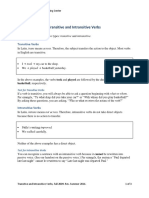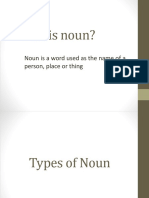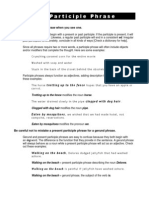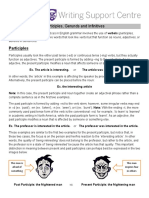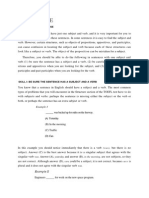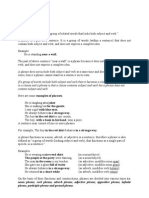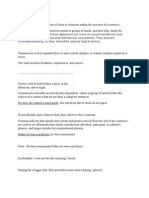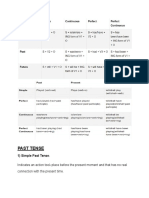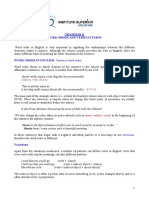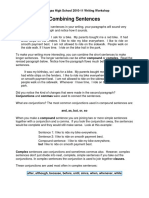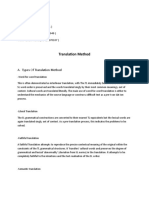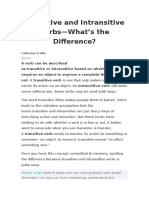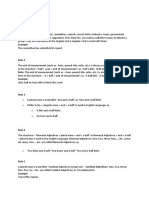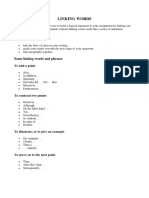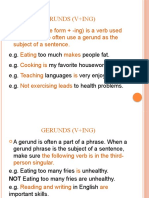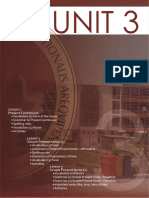0% found this document useful (0 votes)
801 views6 pagesTransitive Intransitive
A verb can be either transitive or intransitive. A transitive verb requires a direct object to complete its meaning, while an intransitive verb does not. Many verbs can be used both transitively and intransitively, depending on whether an object is present. Identifying a verb as transitive or intransitive is important for understanding sentence structure and meaning.
Uploaded by
riya madaanCopyright
© © All Rights Reserved
We take content rights seriously. If you suspect this is your content, claim it here.
Available Formats
Download as DOCX, PDF, TXT or read online on Scribd
0% found this document useful (0 votes)
801 views6 pagesTransitive Intransitive
A verb can be either transitive or intransitive. A transitive verb requires a direct object to complete its meaning, while an intransitive verb does not. Many verbs can be used both transitively and intransitively, depending on whether an object is present. Identifying a verb as transitive or intransitive is important for understanding sentence structure and meaning.
Uploaded by
riya madaanCopyright
© © All Rights Reserved
We take content rights seriously. If you suspect this is your content, claim it here.
Available Formats
Download as DOCX, PDF, TXT or read online on Scribd
/ 6
